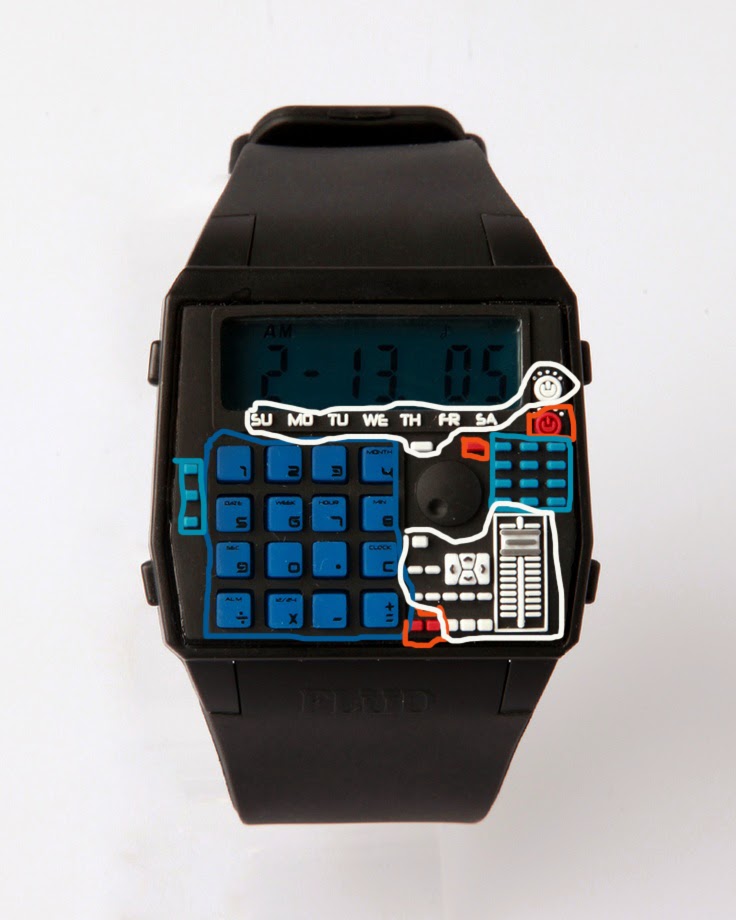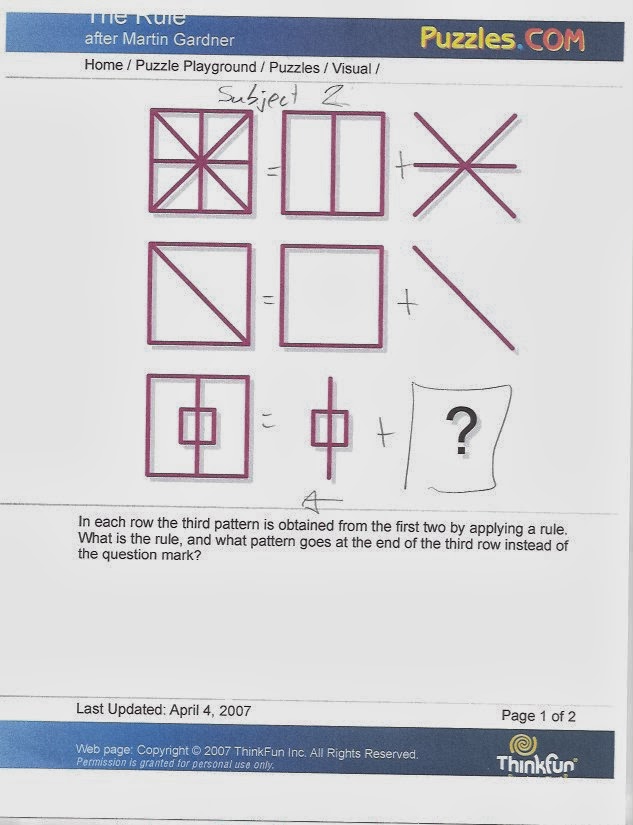Design Element, The shape
In this photo of the "Zero" track bike, the shapes that are prominent throughout the photo are what help define the overall appeal of the bike. The triangle towards the front of the bike help define the action of the photo, by giving the bicycle a more overall aerodynamic look and emphasizing the speed which the end user could potentially reach The triangles that are within the frame create the tension because of the unconventional shape . The circles not only help define the endless rotation that the wheels and bottom bracket are going to foresee, but also are reminiscent of the branding of the bicycle as well.
Design Element, The Color
The dynamics of the colors on this calculator watch help personify both the dynamics of the futuristic look of the watch while also embodying the retro-ness. The blues calms the viewer, while the hints of red give it an edginess. These 2 extremes of feelings and colors are brought together by the balance of the white color, which also helps capture the overall look and feeling of the watch.
Design Elements, The Line
Although the lines highlighted are only emphasizing the outline of the chair, the remaining lines also serve to give motion, by directing the viewers eyes in a roller coaster type fashion, helping complete the look and shape of the chair.













.jpg)







